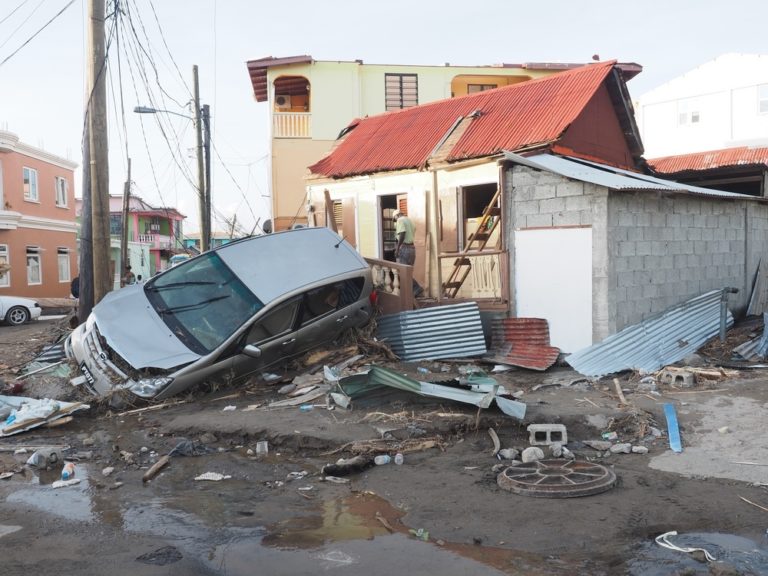Survey Highlights Need for Extreme Climate Understanding
The unpredictable shifts in climate patterns have raised urgent concerns on a global scale. Questions are swirling about extreme heat and its potential to catalyze disastrous weather events. This understanding has become increasingly crucial in the wake of perilous climate emergencies such as Hurricane Helene.
The Unyielding Fury of Hurricane Helene
Helene unleashed its wrath upon the coastal areas, triggering mammoth floods that lashed at numerous communities. The coastline near Keaton Beach in Florida bore the brunt of a storm surge estimated at a devastating 4.5 meters high.
The desolation continued unabated as Helene stormed into Georgia, showering Atlanta with an unrecorded 28 centimeters of rain in a span of just 48 hours. This surpassed the previous record established back in 1886, leading to far-reaching flooding and landslides in the Appalachian Mountains.
These relentless landslides – or ‘debris flows’, as geologists term them – were lethal mixtures of water, soil, and rock that raced downhill with unrestrained force. Areas like Jeter Mountain and Busick in North Carolina were particularly hard-hit, with rainfall exceeding 76 centimeters.
The aftermath of Hurricane Helene was a grim spectacle of destroyed roads and downed power lines, leading to city-wide blackouts. One such city was Asheville, home to almost 100,000 inhabitants now isolated from the rest of the world.
Hospital reports reveal a rising death toll that has crossed 130 across six states since October 1. And as hundreds still remain unaccounted for, the figures are expected to surge in the coming days. The economic impact of the catastrophe is approximated at an overwhelming $150 billion.
The Cataclysmic Storm Surge Hypothesis
From the testimonies of four experts in the field, we understand that Helene’s damaging storm surge was due to a combination of it being unusually large, moving over incredibly warm waters, and interacting with the naturally C-shaped Big Bend of Florida. This facilitated the collection of water in the hook region, worsening the storm surge.
Lingering Coastal Risks Persist
The physical damage to barrier islands – the primary protection against coastal flooding – has amplified the West Florida coast’s susceptibility to flooding from lesser climate events, showcasing a significant ongoing risk. The increased possibility of contaminants, pesticides and harmful chemicals leaking into floodwaters or getting washed into estuarine and coastal areas only adds to the looming danger.
Why the Appalachian Mountains Were Particularly Affected
Meteorological factors and geographical characteristics colluded to amplify the fury of Hurricane Helene within the Appalachian mountains. A ‘precursor’ event saturated soil and escalated stream flood stages even before the hurricane arrived. The unique structure of the Blue Ridge escarpment further enhanced rainfall by forcing air to rise to higher, cooler altitudes, leading to higher precipitation.
The Mountains’ Persistent Issues
Statistical data indicates a direct relation between landslide occurrence in North Carolina and a rainfall intensity of five inches. The likelihood of landslides and debris flows occurring was increased tremendously by the high rainfall due to Hurricane Helene. The aftermath has left saturated soils and increased potential for landslides and other debris flows with smaller amounts of rainfall.
Furthermore, many residents are contending with challenges accessing health care and medicines due to road damage. This crisis magnifies the indirect human toll of the disaster and highlights the need for increased community preparedness and improved governmental relief measures for such calamities.
Conclusion
Analyzing the destruction of Hurricane Helene underscores the individual and collective responsibilities to understand severe climate occurrences. Given the grim realities of climate change, this comprehension aids in devising effective solutions and preparedness strategies. With an estimated $150 billion in economic damages from Helene alone and a rising death toll, the urgency for such understanding has never been greater. Therefore, it’s essential for everyone to invest time in understanding our changing planet’s climate and the repercussions of extreme weather events in our communities.









